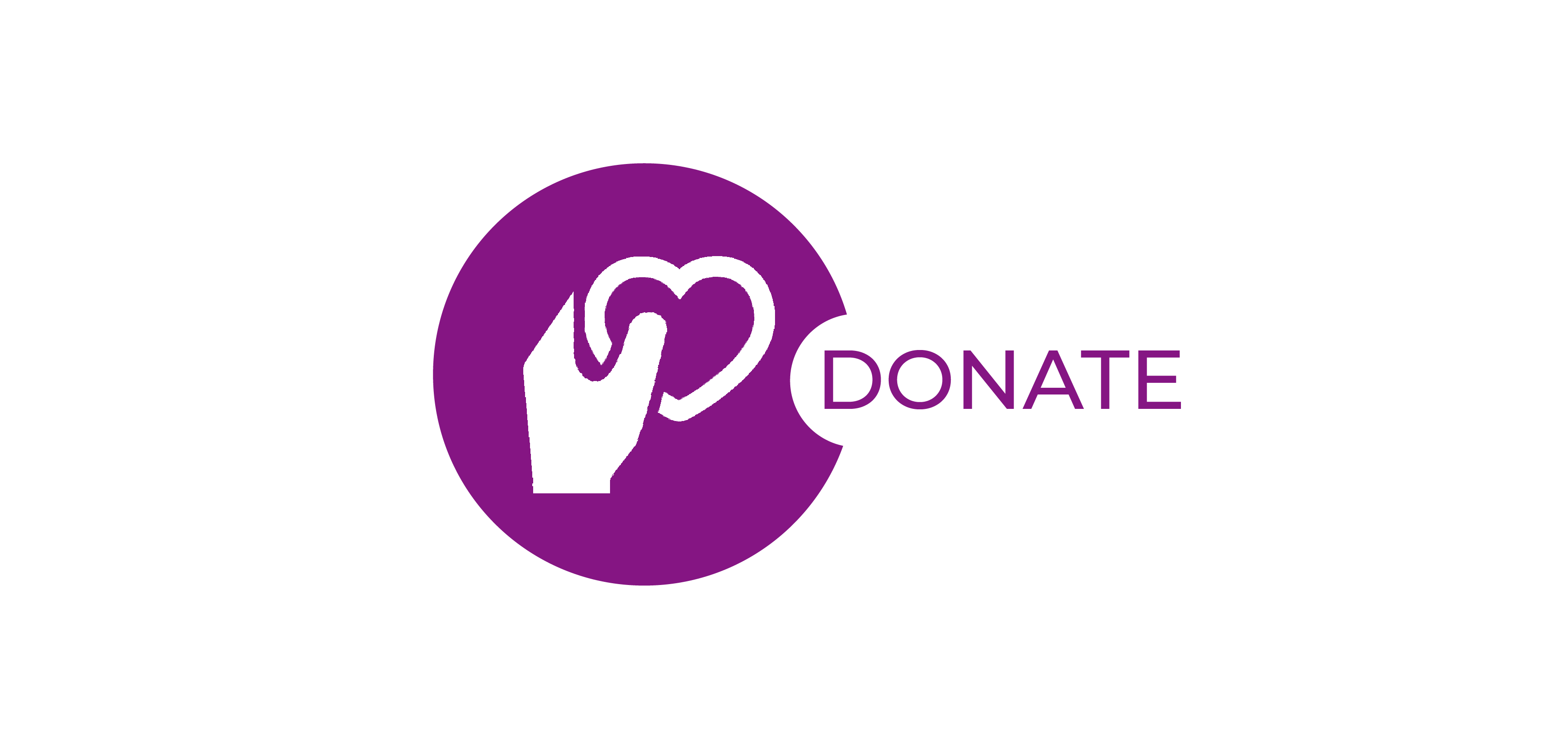Ribosomes, Drugs & Viruses

Ribosomes make proteins in all living organisms. They do this by decoding the genetic information, translating the three-letter code of DNA into the single letter code of proteins. Ribosomes are ancient molecular machines that evolved at the dawn of cellular life. They consist of both RNA and proteins, but the real work of making proteins is carried out by RNA—a finding unexpected by most chemists and biologists. The ribosomes of all organisms are structurally similar, but there are important differences between those of bacteria and mammals. This difference is the basis of many drugs currently used to fight bacterial infections in humans.
Currently, we do not have similar drugs to fight viruses. While viruses do not have their own ribosomes—they hijack the ribosomes of the human cell to make more virus—it may be possible to exploit the unique methods by which viruses take over the human ribosomes to create novel anti-viral drugs. To do this, we need to know much more about how ribosomes work. Our lab uses the methods of X-ray crystallography and biochemistry to learn how ribosomes make proteins. By taking "snapshots" (in atomic detail!) of each step in the process of protein synthesis, we seek to create a "movie" that illustrates exactly how ribosomes make the proteins that are fundamental to all life.
For more information, please visit Dr. Andrei Korostelev's lab site.
Andrei Korostelev, PhD, professor of RNA therapeutics, studies how bacteria can develop resistance to antibiotics, which has become a problem in treating infection. “Antibiotic resistance may cause the next global health crisis,” Dr. Korostelev said.For more information, please visit Dr. Andrei Korostelev's lab site.

